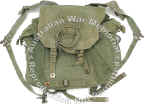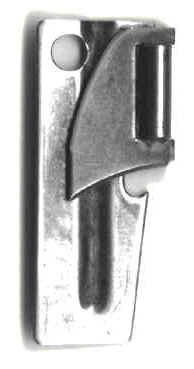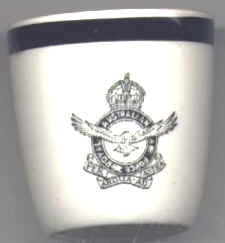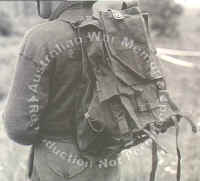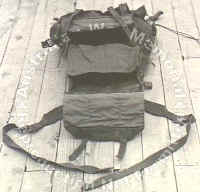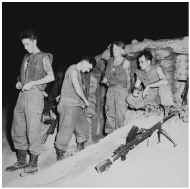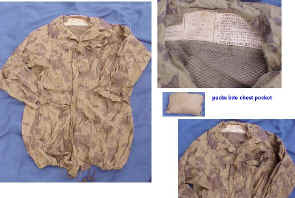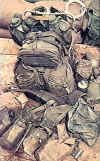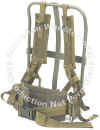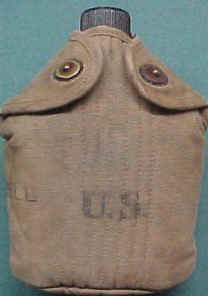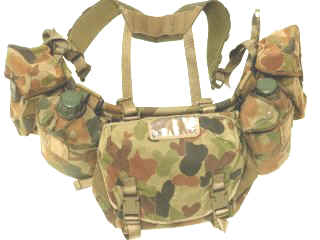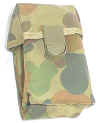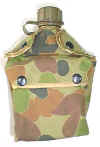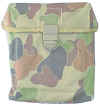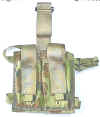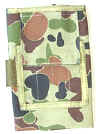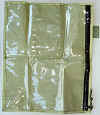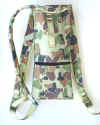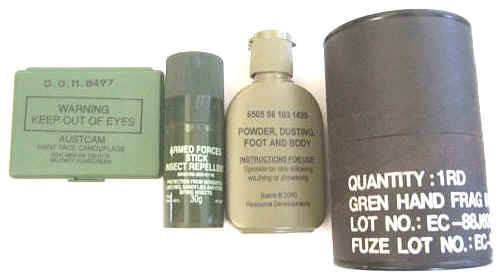 |
|
|||
|
|
||||
|
Equipment from the Malayan Emergency |
|
|
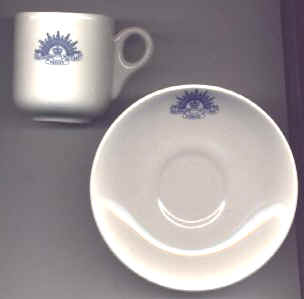
|
|
Above
The Folding Can Opener
The P38
Story by Maj. Renita Foster
|
|
| Above, right Cup & saucer with Rising Sun General Service badge as used in army canteens. | |
| Right. RAAF eggcup |
| American pattern Field packs; photo left & centre.
It
was during the Korean War that field packs started to get sophisticated.
This shows the start of the gradual change from the conservative British
designs to the more adventurous designs coming from the USA.
M-1951 armoured vest; photo right. The
Korean War saw the first use of modern armoured, or ballistic, vests.
Designed by the US Marine Corps, these vests contained plates of bonded
fibreglass armour. Capable of stopping pistol bullets but not rifle or
machine-gun bullets, the vests were intended to protect the wearer from
grenade and shell fragments. The vest was also able to stop bayonet
thrusts. The Australian battalions received limited quantities of
armoured vests late in the war and used them to outfit the patrols and
raiding parties that ventured out into |
|
Equipment from the Viet Nam era. |
 |
This
vital piece of equipment was "home" to the Vietnam era Digger.
He called it a "hutchie" (hootchie).
It was a waterproof sheet that allowed him to quickly erect a 1 man tent. 2 (or more) could be clipped together to make shelter for 2 (or more) Diggers. It doubled as an easily erected sun shade and has many times been used by the Webmaster as a water trap during monsoonal rain in areas where ground water is suspect and resupply not available. |
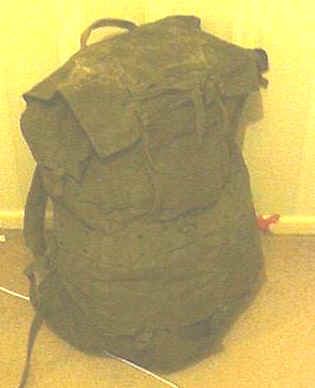 |
This is the "big pack" carried by all combat troops on patrol in SVN. It was used to carry all the Digger's equipment. It was attached with quick release clips so that on contact with the enemy packs could be dropped, leaving only the basic webbing and bum pack. This allowed quick movement. (See below) |
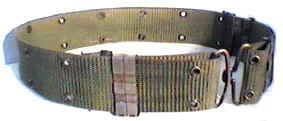 |
|
|
1960s pattern web belt |
 |
The metal frame to carry
back-packs was an American innovation from the Vietnam war.
The effect was to more evenly and more effectively spread the load-weight across the back and shoulders. It also allowed the whole pack to be treated as one single item and quickly swung onto the back and/or just as quickly discarded in a "Contact" situation. The "fighting" parts of webbing (ammo pouches, at least one water bottle, shell dressing etc called "basic webbing) ) were NOT attached to the metal frame but were carried on the web belt. This meant that a soldier could discard his pack and still have all the gear needed to fight effectively. |
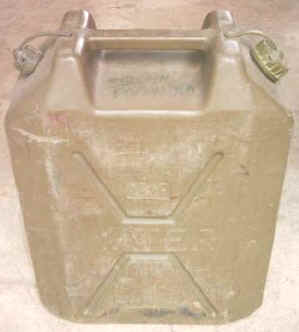 |
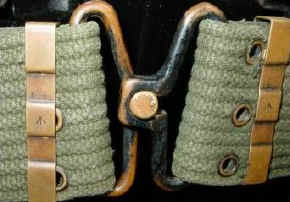 |
|
The green plastic water container circa1960 |
Belt buckle, web belt c.1965 |
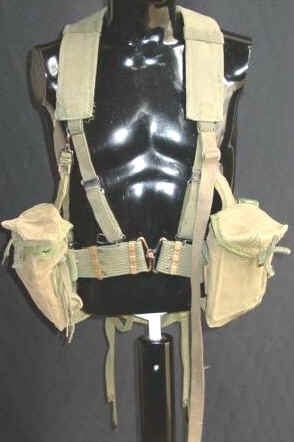 |
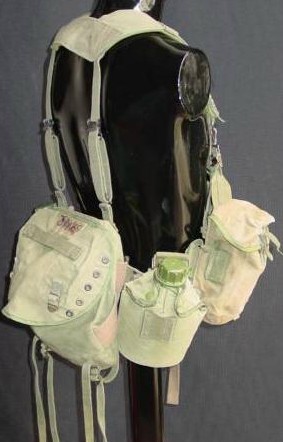 |
| Webbing during the Vietnam era was worn in two sections. Shown is "basic webbing", 1 bum pack containing some rations, 2 water-bottles, 2 ammo pouches. Also normally attached to this would be a shell dressing. As well there was a large back pack, bedding roll, extra water bottles all on an easily dropped section. When a "contact" occurred the Diggers would drop their large packs and move forward wearing only the "fighting" or "basic" webbing. (See "big" pack above). | |
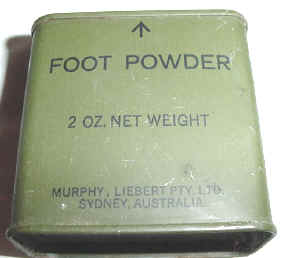 |
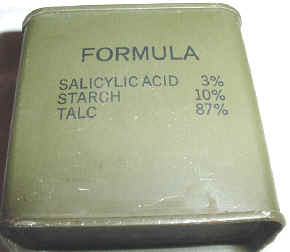 |
|
Standard 2oz tin of foot powder as issued to troops |
|
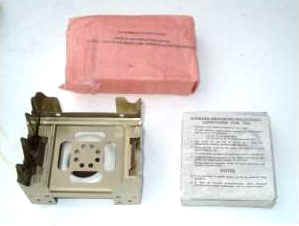 |
The ubiquitous hexi-stove.
Shown are the folding frame stove, made out of light pressed metal. It
was exactly the correct size to enclose a packet of heximine fuel blocks
that came in the box shown. When issued the stove and fuel box came in
the plastic wrap shown above left.
Fuel was resupplied as required and the frame would last up to 6 months, depending on the conditions. |
| Water sterilizing kit. Ground
water as highly suspect in all areas of SE Asia and only rainwater
caught by the troops themselves was considered "safe".
If ground water was to be used (in many areas it was totally banned because of the use of arsenic in rubber plantations) it had to be sterilized. The resultant water had a foul taste but would not kill you. |
 |
|
Current pattern equipment |
|
A fair sized market has grown up supplying troops and wannabees with military equipment. Not everything shown here is necessarily standard Army issue. |
| Angle head torch | Cup and dixies | heximine stove | 2 litre water bladder |
 |
All that
equipment has to go somewhere and the only place available is on the
Digger's back. For a full accounting of where it all goes
|
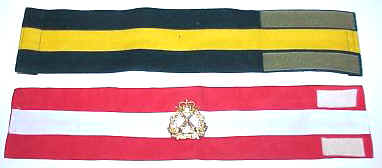 |
|
|
|
| L to R: Face camouflage paint, insect repellant, foot & body powder, grenade container |
